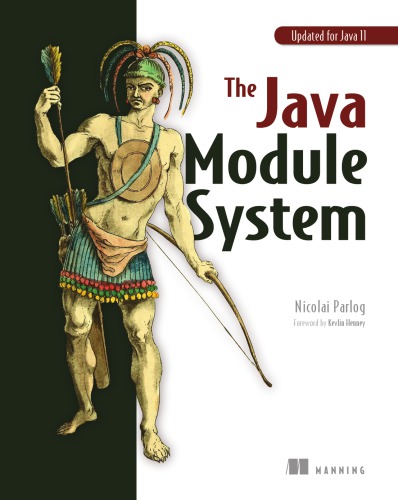Description
Summary
Java’s much-awaited “Project Jigsaw” is finally here! Java 11 includes a built-in modularity framework, and The Java Module System is your guide to discovering it. In this new book, you’ll learn how the module system improves reliability and maintainability, and how it can be used to reduce tight coupling of system components.
Foreword by Kevlin Henney.
Purchase of the print book includes a free eBook in PDF, Kindle, and ePub formats from Manning Publications. You’ll find registration instructions inside the print book.
About the Technology
Packaging code into neat, well-defined units makes it easier to deliver safe and reliable applications. The Java Platform Module System is a language standard for creating these units. With modules, you can closely control how JARs interact and easily identify any missing dependencies at startup. This shift in design is so fundamental that starting with Java 9, all core Java APIs are distributed as modules, and libraries, frameworks, and applications will benefit from doing the same.
About the Book
The Java Module System is your in-depth guide to creating and using Java modules. With detailed examples and easy-to-understand diagrams, you’ll learn the anatomy of a modular Java application. Along the way, you’ll master best practices for designing with modules, debugging your modular app, and deploying to production.
What’s inside
- The anatomy of a modular Java app
- Building modules from source to JAR
- Migrating to modular Java
- Decoupling dependencies and refining APIs
- Handling reflection and versioning
- Customizing runtime images
- Updated for Java 11
About the Reader
Perfect for developers with some Java experience.
About the Author
Nicolai Parlog is a developer, author, speaker, and trainer. His home is codefx.org.
Table of Contents






Reviews
There are no reviews yet.